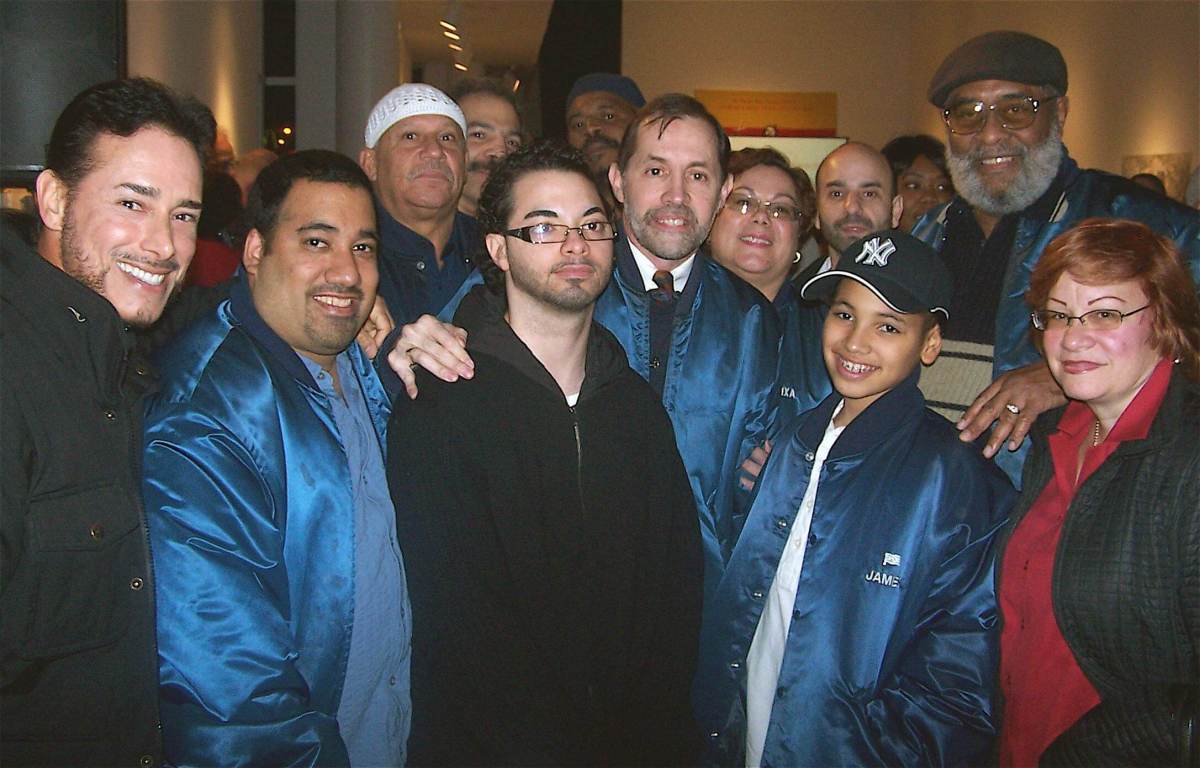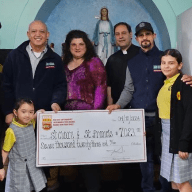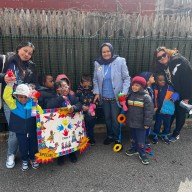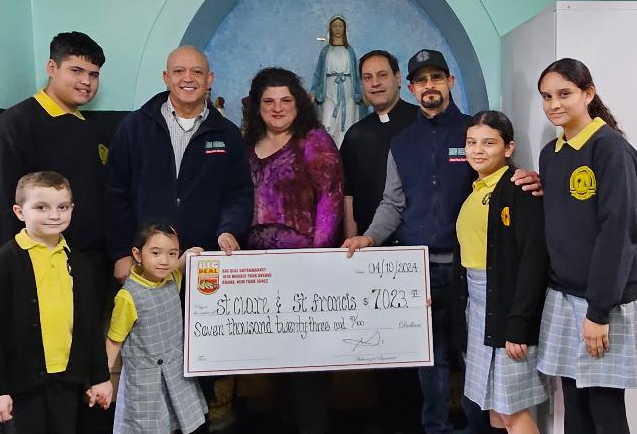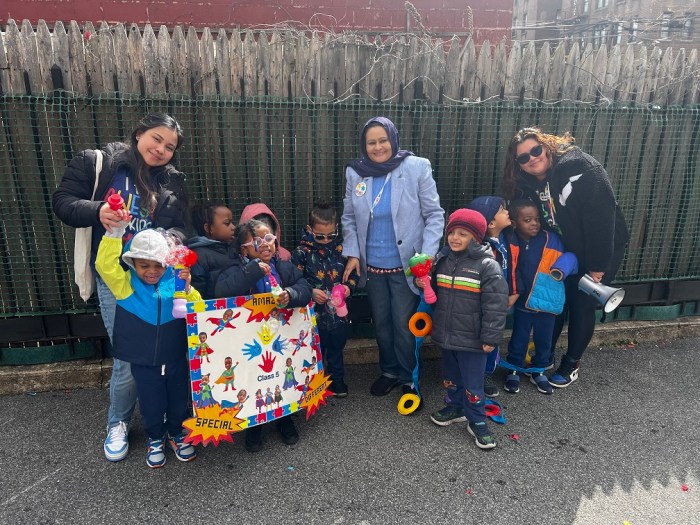You won’t find 52 Park on a Gray Line tour. You won’t find the Bronx River Houses on a sightseeing map. You won’t find Casita Rincon Criollo in an architecture textbook.
Although the New York City Landmarks Preservation Commission considered a handful of Bronx buildings on Tuesday, December 12, many of the borough’s most important cultural and historical spots will never win landmark status.
Enter the Place Matters Awards. On Thursday, December 3, City Lore and the Municipal Arts Society honored six community-oriented Bronx spots that need to be preserved.
Joe Liberatore, 90, who pushed his fruit and vegetable cart indoors to help launch the Arthur Avenue Retail Market in 1940, was on hand. So was Bee Simpson, who moved into the Amalgamated Houses south of Van Cortlandt Park on October 31, 1927 to help found the oldest moderate income co-op in the United States.
Alberto Quinones accepted a Place Matters Award on behalf of 52 Park. Quinones and his friends established 52 People for Progress in 1980, upset about the condition of the public park at on Kelly Street between St. John and Leggett avenues in Longwood.
The neighborhood was in the doldrums and crack vials littered the ground but Quinones and his friends cleaned up the park and later lobbied the Parks Department to build an amphitheater there. For three decades, the group has sponsored free music concerts at the park. Quinones hopes the award will persuade the Parks Department to rehab the park.
“Our park is 1.7 acres, 70 trees, 18 light poles, 169 concerts and $100,000 raised,” Quinones said. “Numbers don’t lie.”
Abraham Kazan of the Amalgamated Clothing Workers Union, committed to the idea of cooperation, broke ground on the Amalgamated Housing Cooperative on Thanksgiving Day, 1926. The co-cop still boasts a newsletter, a nursery school and public programs.
Amalgamated matters “because if not for our success, there might be no moderate income co-op housing in the city” and “because we remain affordable after 82 years,” resident Ed Yaker said.
Mayor Fiorello LaGuardia ordered the Arthur Avenue Retail Market built to rein in Belmont’s army of pushcart vendors. Its original 117 merchants were mostly Italian, loud and colorful, Liberatore remembered. Although the market boasts only a handful of stalls today, it remains popular with tourists and foodies throughout the metropolitan area.
The General Sedgwick Houses are known as “the birthplace of hip-hop” because it was there that resident Clive “Kool DJ Herc” Campbell first played “break beats” for “break dancers.” In the early 1970s, Herc hosted a dance party in the Sedgwick Houses community room to raise money for his sister Cindy and her friends. When Campbell extended an instrumental solo and repeated it, hip-hop was born.
Campbell still visits the Sedgwick Houses, where some tenants from the 1970s remain. The Sedgwick Houses belong to the Mitchell-Lama housing program but possibly not for long. Campbell and Cindy want to help keep the birthplace of hip-hop affordable.
“The struggle continues,” Campbell said. “No one thought that a positive movement would come out of the Bronx but hip-hop did.”
The Bronx River Houses in Soundview were also honored. DJ Afrika Bambaataa transformed the neighborhood’s Black Spades gang into Zulu Nation, a group known for “peace, love, unity and having fun.” Bambaataa also pioneered break beats and the electro-funk sound. DJ Red Alert also grew up in the Bronx River Houses.
Puerto Rican drums and voices overwhelmed the Place Matters Awards at Hostos Community College when Rincon Criollo, one of the borough’s oldest casitas, was honored. Puerto Rican immigrants built casitas, small houses reminiscent of the Puerto Rican countryside, in the 1970s on vacant lots. Jose Soto’s christened his “Casita Rincon Criollo” or “Down Home Casita.”
Reach reporter Daniel Beekman at 718 742-3383 or dbeekman@cnglocal.com

